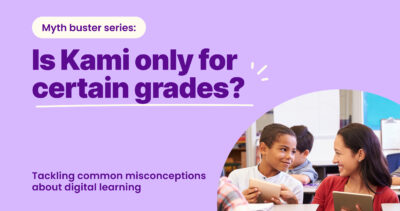Shirin Bradfield
Checking student understanding is a vital part of any teaching process. It helps guide you in pacing the lesson appropriately, as well as ensuring your students are engaged and learning! Want to build an engaging Kami classroom? Check out this blog.
However, sometimes it can be tricky – it might be last period on a Friday afternoon and all you have is a group of very sleepy learners nodding off. Or, you might feel like students are listening and excited by the lesson, but maybe they’re really thinking about lunch.
So, to avoid any misconceptions about where your learners are at, try these ten quick and easy check-in strategies!
1. Do Now Tasks
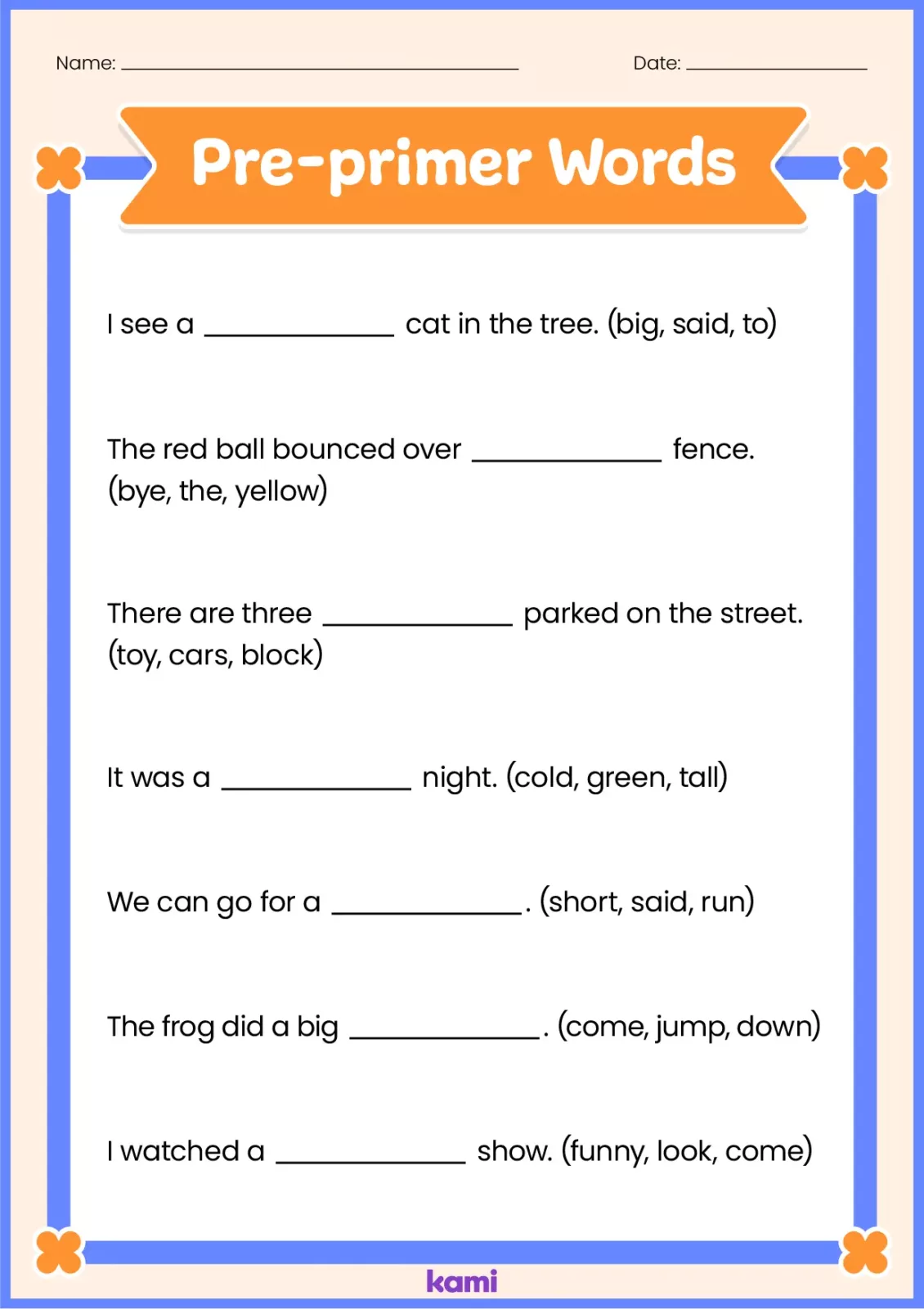


Free download at the Kami Library
A key time to check student understanding is at the start of the lesson. Here you can check in on learning from the previous lesson, or, if you are starting a new topic, this is a good way to gauge prior knowledge! Do Now tasks should not take a huge amount of time, only 5 to 10 minutes max. The task should be easy to both understand and complete, such as mini-quizzes, recap questions, true and false statements or opinion prompts. Ensure work is visual when students enter and have them share their ideas as a whole class for a quick check.
Hint: Check out our Kami Library for fun and exciting resources to guide your reflections.
2. Kahoot Games
Kahoot is a fun, interactive quiz platform. Kahoot quizzes are a great way to recap key content, and the best thing is, you can make these competitive to get even your most reluctant learner onboard! Encourage students to use their names, rather than nicknames, so you can look over results and assess student understanding. This lets you know if reteaching of content is needed (either to the whole class or certain students).
3. Traffic lights



A simple Traffic Light or Good, Okay, Bad system is one of the easiest ways to gauge understanding. Use this Kami resource to get started in your classroom! As students complete tasks, especially larger or ongoing assignments, have students open the shared resource and place their name under the column that relates to them and their comprehension, i.e. either Good, Okay, or Bad. Good means they’re confident with the learning, Okay means they’re following, but might have a few questions, and Bad means they’re stuck. A student’s desire to learn is not necessarily related to their comprehension, but can also be impacted by their emotional wellbeing. The importance of social and emotional learning is covered in this blog if you’d like to learn more. Or, to discover practical ways to check your students’ emotional wellbeing, check out this blog.
This strategy encourages student reflection and helps guide which students need formative assessment feedback more or less urgently. A similar, whole-class strategy using hand signals is another quick and effective method. You could either use a simple thumbs up or down or upload this Kami resource for the class to use as you go. Students do a thumbs up, sideways, or down to show how they feel about new content or skills.
4. Pass the Pen

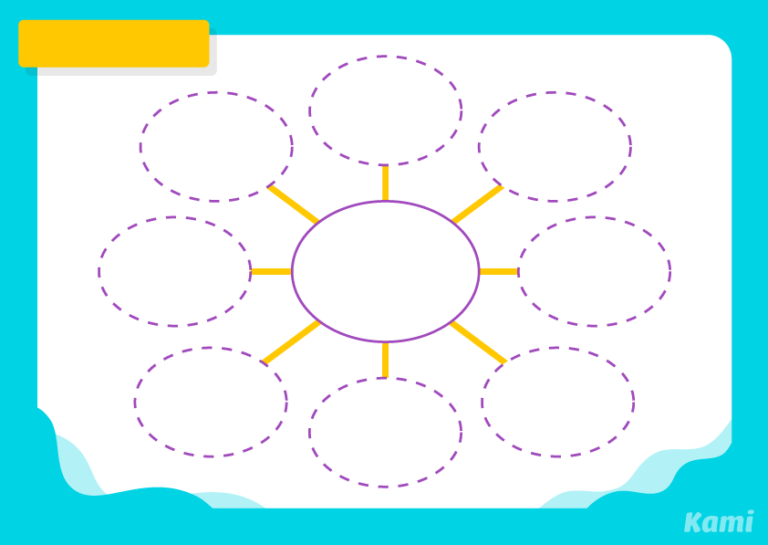

On your whiteboard, write a topic, statement, or question in the middle of the board. Pass out whiteboard makers and have students come up to add ideas, creating a whole class mind map. Students then pass the pen to others, so a number of students contribute. This can also be done on your digital whiteboard by selecting the first few students, who can then go on to nominate their peers.
You can follow this activity up by asking students to use the ideas from the board to create a written or verbal response. You can also talk to the ideas as a class, clarifying or extending understanding. To make sure each student contributes, you can give out post-it notes and have them added to the board. Continue student engagement by placing students into groups and divide the post-it notes between them. Students are then required to collate and present the ideas in a summary. This allows students to see and learn from the different responses, and you can always collect the ideas to see who contributed what.
5. Named popsicle sticks
At the start of the year, get a bunch of craft popsicle sticks and write student names on each one. During recall or open-ended question sessions, pull out a stick to nominate a student to answer. When students answer the question, move their stick to another jar or container. This means that over the course of a topic, a range of students are expected to share. Students can pass but if so, their name goes back into the jar for the next round! This means that the same students are not always answering questions, and students remain engaged in case their name gets called. It also means if students continue to pass their turn or their answer is incorrect, you can check in with them individually. However, it’s important you use these styles of teaching strategies with classes you have positive, solid relationships with.
6. Tweets or hashtags
Students are on the pulse of social media, so a fun way to get them to sum up their ideas when concluding a lesson is to have them write a tweet or hashtag! It’s quick and allows for creativity.
Make up an online or paper template worksheet so you can collect in and check the ideas. You can even make it a weekly competition where the best tweet or hashtag is displayed!
7. Rubric based tasks
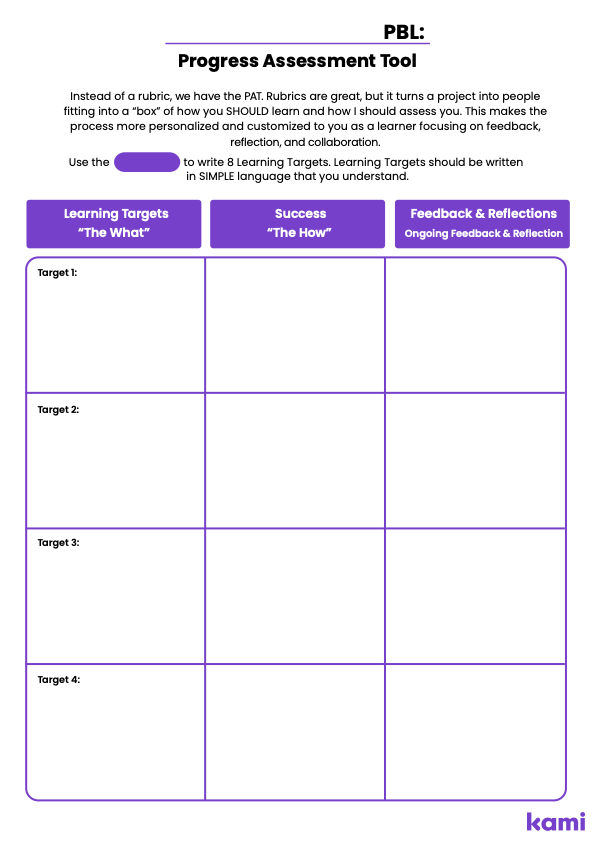
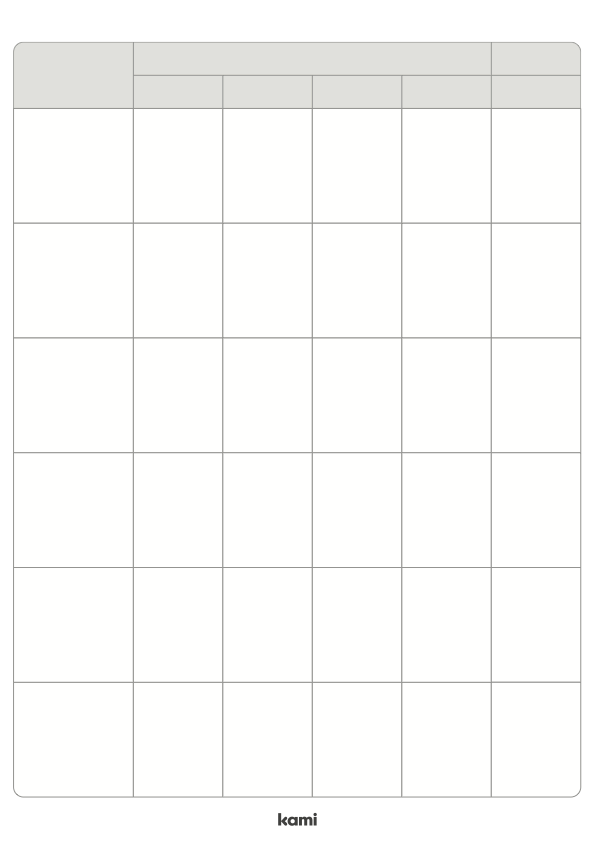
To help students access formative feedback for upcoming assignments and develop their skills, select sections of a rubric to inform open-ended questions or practice tasks. This allows students to complete small practices and see over time how the finished product will look. As students get to know the rubric they can complete peer feedback tasks and they will engage more with your feedback, as they have a deeper understanding of the marking rubric. The work completed could be individual student responses or done in a small group.
8. Question master
Have students write open-ended question quizzes, including their own Kahoot quizzes, to test their peers. To draft their own questions, answer them themselves, and progressively up the difficulty, students have to stay engaged and on the ball with the original content.
This is an effective way to have students take ownership of the lesson and for you to see how they’re progressing.
9. Mindmaps or concept maps
Have students create visual summaries of key ideas or content by creating concept maps. Students have to understand key vocabulary and use their own words to complete the tasks. These can be done in small groups or even whole-class if you use the whiteboard. You can also have students share their ideas in Kami for an online version! Students can demonstrate their understanding and you get a clear, visual summary of their ideas.
10. Exit Tasks



Similar to a Do Now, an Exit Task is a strategy that shouldn’t take a large amount of time, but instead, should be quick tasks to gauge student learning from the lesson, and to help inform the next lesson’s focus. Put open-ended questions or prompts on the board for students to complete. Students could complete these on paper slips to hand in; they could tell you verbally on the way out; they could email you, or record a video response in Kami. The questions should focus on key knowledge needed, but you can always give a set of true or false, or multiple choice questions and let students pick their answers. You can also give students self-assessment cards for them to complete, to let you know if they need reteaching of certain ideas or skills.
Making time to check in with students is so important for building a positive classroom space that’s both inclusive, safe, and empowering. It helps students recognize the value of sharing their thoughts and feelings openly, and it gives a chance for brain-breaks throughout your lessons. For more information on moving from student engagement to student empowerment, check out this blog.
You may also like
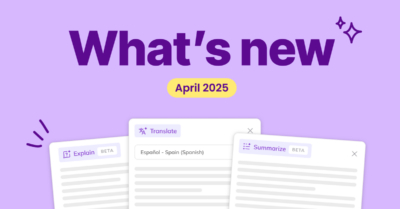
Unlocking understanding: Kami’s latest updates designed for every learner

The state of SPED and ELL technology in 2025
